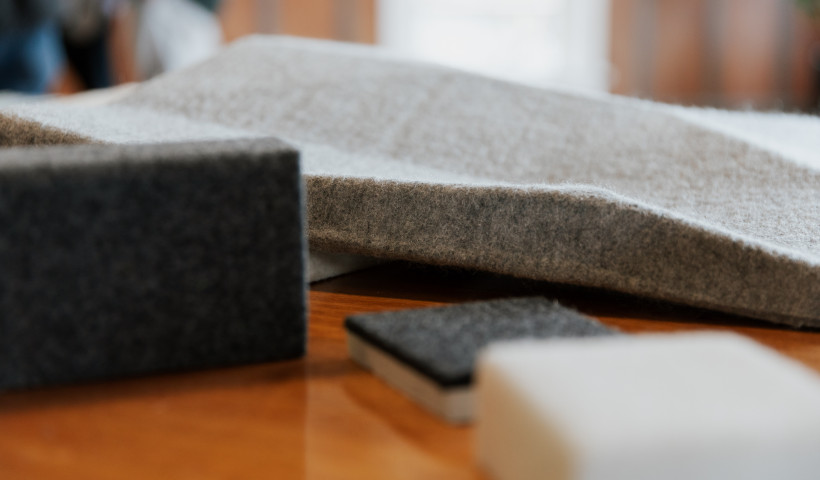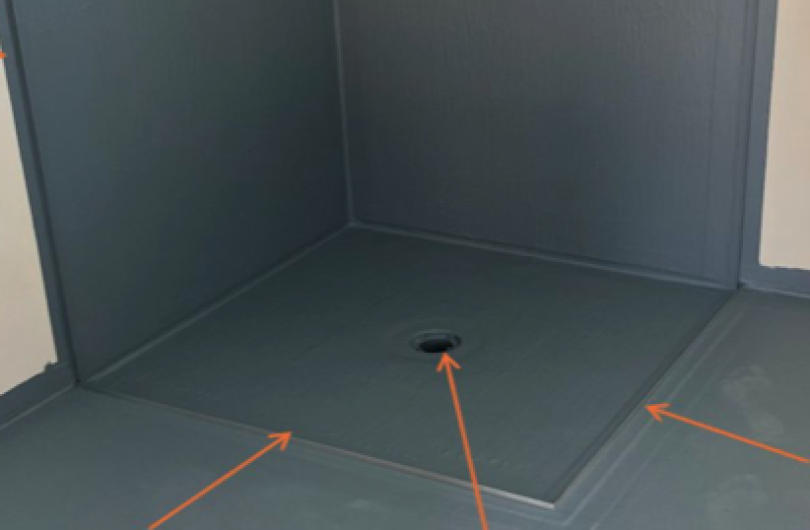
It should now be well known that amendments were made to the New Zealand Seismic Design Actions Standard (NZS 1170.5) and came into effect in September 2016. These changes significantly influence the design and installation of all suspended ceilings. Since NZS 1170.5 is the design actions standard cited by Verification Method 1 to clause B1 of the NZ
Building Code, it must be adhered to in order for an installed ceiling to comply.
Before the amendment, seismic design requirements for ceilings were the source of confusion, namely around selecting the appropriate part category to apply. This was especially a problem with tile-and-grid suspended ceilings.
The previous version of the standard allowed ‘parts’ which weighed less than 10kg and which were less than 3m above floor level to be classified as part category P7, which only required design to a serviceability limit state (SLS1).
Considering only the weight of individual components, rather than the total weight of the ceiling system, meant that ceilings were not designed for much larger ultimate limit state (ULS) events.
SLS1 requires design for no or minimal damage during a 1-in-25-year earthquake. Whereas ultimate limit state events require design to prevent collapse during a 1-in-500 year event. For buildings of a higher importance levels (IL), the requirement increases to a 1-in-2500 year event. It is obvious that the choice between serviceability vs. ultimate limit state has a huge effect on the resulting seismic design.
The vagueness in the previous standard surrounding weight led to some ambiguity around selecting the appropriate part category, but supporting comments provided in the amended version of NZS 1170.5 resolves this confusion. The new standard lowers the weight threshold for ultimate limit state design to 7.5kg, and makes it clear that the total weight of the ceiling system needs to be considered — tiles, grid, luminaires and any other supported services. It is no longer possible to define ceilings as P7 simply because the weight of the individual components is below 7.5kg. Except for exceptionally small ceilings, they all now need to be designed for ultimate limit state events.
Given the performance of suspended ceilings in quakes over the past six years, these changes were very timely. Collapsing ceilings can injure occupants and interfere with evacuation and reoccupation of a building.
What does this mean?
The most important requirement is to design all future ceilings for ultimate limit state events.
JSK Engineering Services developed a design guide to be used for CBI Heavy Duty Grid, and created a seismic design calculator to provide design guidance for most standard suspended ceilings. This user-friendly tool is available on T&R Interior System’s website. Furthermore, architectural consultants are available to help navigate the process. Since the calculator is based on CBI’s tension and compression data, as well as clip failure testing, it is possible to use the calculator with confidence and comply with the Building Code.
Go to the seismic calculator here
As of the 20th of October 2017, there have been no reports of any damage to CBI suspended ceilings around New Zealand. Furthermore, no ceilings designed by JSK Engineering Services suffered any damage. T&R stand by their Research and Development in this field.
Please call the friendly team at T&R for any questions.













 New Products
New Products



















 Popular Products from T&R Interior Systems
Popular Products from T&R Interior Systems


 Most Popular
Most Popular


 Popular Blog Posts
Popular Blog Posts
